
What We Do
BlackBoxBooks
BlackBox (blackboxbooks.com) is a multimedia publishing house and conference forum that has been exploring the frontiers of science, philosophy and religion since the 1980’s. It has organized conferences with Nobel Prize winners and internationally known scientists, AI pioneers and philosophers, for instance, “Artificial Intelligence and the Human Mind” (1986) at Yale University with four Nobel Laureates, MIT AI lab founder Marvin Minsky and others, and “Has Science Discovered God?” (2004) at New York University with Antony Flew, et al. Best-selling books from BlackBox authors include Cosmos, Bios, Theos which included contributions from 24 Nobel Prize winners and was described as “the year’s most intriguing book about God” in Time magazine. Its video production “Has Science Discovered God?” was the subject of an Associated Press story.
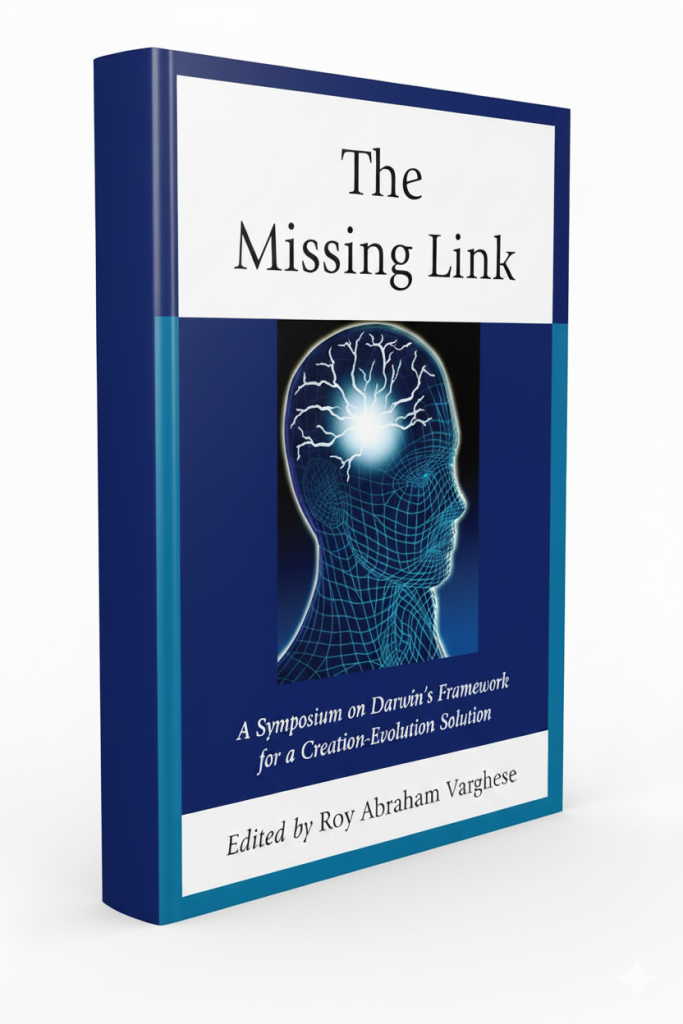
The Missing Link
Edited by: Roy Abraham Varghese
The Missing Link blazes a unique trail through the conundrums and controversies generated by evolutionary theory and religious thought. To date, these debates have centered on the origin of species. This book, however, turns the spotlight on the origins of consciousness, thought, and the self while also considering the relationship between God and science. Remarkably, Darwin himself highlighted the relevance of the origin of consciousness to the question of a creator. Therefore, The Missing Link works within a framework that was laid out at the dawn of the creation-evolution debate. Since that time, however, this framework has rarely been considered or explored. The unifying theme of this volume is the conclusion that the existence of God is grounded in rational thought. Contributors to The Missing Link include three Nobel Prize winners, renowned scientists from Oxford, Cambridge, and Harvard, and noted contemporary philosophers of consciousness, language, and the self.
Theos, Anthropos, Christos: A Compendium of Modern Philosophical Theology
Edited by: Roy Abraham Varghese
Theos, Anthropos, Christos: A Compendium of Modern Philosophical Theology is an anthology of 21 essays (two-thirds of them appearing for the first time) by noted thinkers who rigorously deploy the tools of modern thought to re-examine and restate the central insights of classical philosophy. In natural theology, the contributors address the challenge of influential varieties of skepticism while developing a cogent and coherent framework of thought to defend the existence, as well as the simplicity, immutability, goodness, and infinity of God. In philosophy of mind, they counter modern materialisms with an extensive defense of the existence of a mental reality, which is radically nonphysical. In moral philosophy, the contributors consider the contradictions of relativism and the application of rationally defensible norms to contemporary ethical debates. The final section comprises a critique of syncretism in comparative religion and a phenomenological analysis of the New Testament’s Jesus.
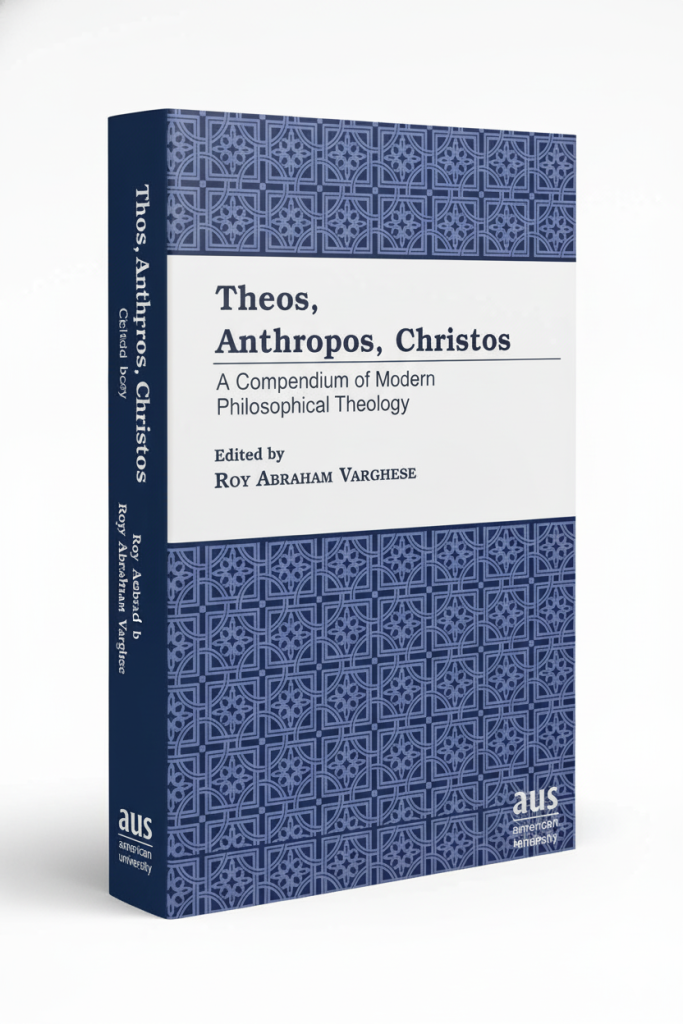

The Jesus Microbiome
For over two millennia, the burial cloth of Jesus of Nazareth, has outlived empires, wars and fires. It is known as the Shroud of Turin. Then came the modern age and with it two surprising discoveries about the Shroud. At the turn of the 20th century, when the Shroud was photographed for the first time, the negative of the photo showed the image of a crucified man. But more was to come. At the turn of the 21st century, in this age of microbes and pandemics, microbiology showed that the image on the Shroud was created by the very flesh and blood of Jesus. It is the Jesus Microbiome. As such, the Shroud literally incarnates pivotal events in the New Testament narratives in real-time. It can rightly be described as the Fifth Gospel – an Instagram from the first century sent by Jesus himself.
The Jesus Microbiome is a breakthrough book unveiling radically new but scientifically demonstrable, universally replicable and factually definitive findings on the most mysterious and controversial piece of cloth on earth: the Shroud of Turin. The implications of these never-before publicized findings are historic in nature for this book shows that:
– The image on the Shroud of Turin was literally created from the flesh and blood of Christ and the underlying processes that led to this particular form of image creation can be replicated today.
– Microbiome = the body of microorganisms that inhabit a specific environment. Although well-intentioned, the Carbon 14 dating study performed on the Shroud over three decades ago (1988) was unavoidably flawed because the investigators were unaware of what is now known about microbiomes and failed to demicrobialize the Shroud. No decontamination = no valid dating.
– Since the Shroud incarnates pivotal events in the New Testament narratives in real-time it can rightly be described as the fifth Gospel – an Instagram from the first century sent by Jesus himself!
The Jesus Microbiome is not just another book about the Shroud. It is a journey into the first century through the 21st where the ancient world comes to life again through the medium of the microbiome.
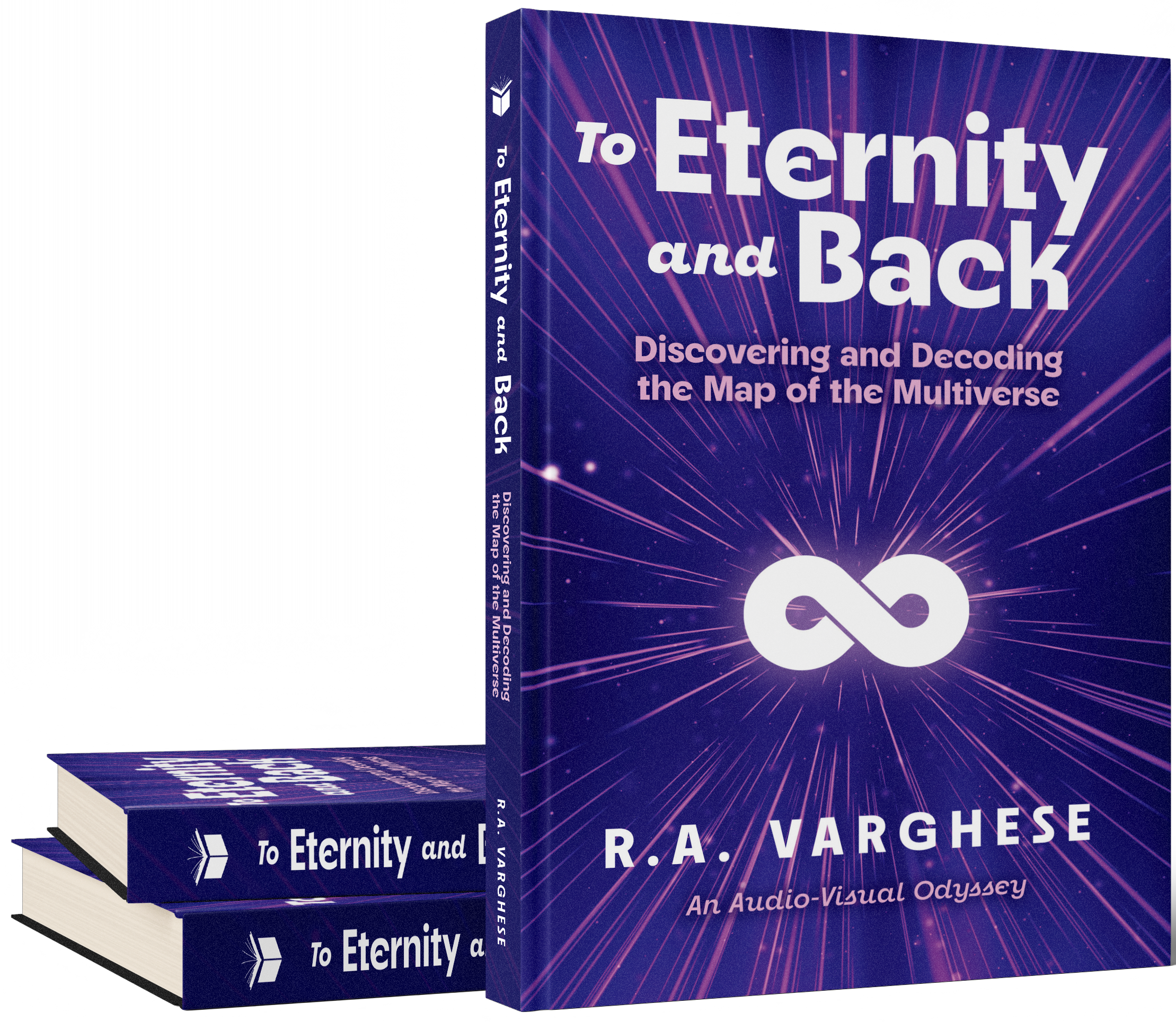
To Eternity and Back
Why are we here—and where does reality truly begin and end? In To Eternity and Back, R.A. Varghese delivers a concise, high-velocity tour through the frontiers of physics, philosophy and faith. From the search for a unified “Theory of Everything” and the startling Eternity Equation to the unexpected intersections of science and the sacred, this audio-visual odyssey reframes our place in the multiverse. Perfect for scholars, skeptics and seekers alike, it promises fresh insights and a powerful vision of our cosmic homecoming.
Metaverse of Mind
Everything that exists – atoms and cells, energy fields and ecosystems – is constantly processing information. Everything – photons and planets, microbes and mammals – is constantly moving to a goal, advancing from one state to another. Everything – from particles to butterflies – is constantly causing effects in its environment. Everything is mind.
Mind, like life, has its own domains and kingdoms – from the mind-cloud that is matter to mind-bots, mind-pods, et al. We live in a metaverse of mind. This is the message of modern science.

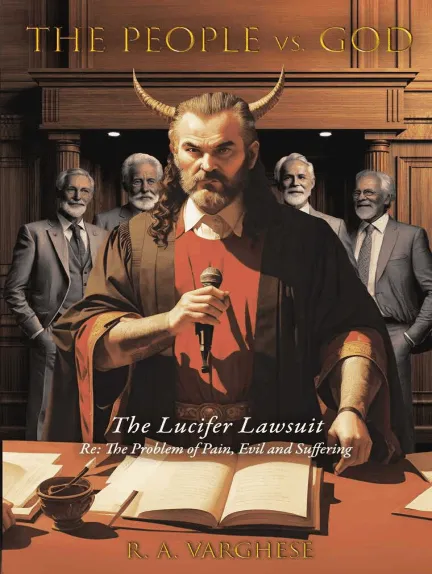
The People vs GOD
The People v. God is a novel jury trial in which “The People,” standing in for all humanity and represented by Lucius HellMan, Esq., sue God—defended by Misha-El Angelini, Esq.—for the pain, evil and suffering woven into human life. After the judge impanels the jury and issues preliminary instructions, HellMan delivers the opening statement, arguing that the prevalence of suffering and injustice betrays a breach of divine care; Angelini follows with her own opening, contending that what mortals perceive as evil may serve higher purposes beyond our grasp. In the Plaintiff’s case-in-chief, HellMan calls religious philosophers, moral theologians and cognitive neuroscientists to testify on the origins, scope and impact of human suffering; each expert faces direct examination by HellMan and cross-examination by Angelini. The Defense then presents its witnesses—comparative theologians, evolutionary biologists and psychologists—who explain pain and disorder as necessary foundations for free will, personal growth or cosmic harmony; these experts, too, are questioned first by Angelini and then by HellMan. When all evidence has been heard, both counsel will deliver closing arguments, after which the jury will retire to decide whether God can be held legally responsible for the human condition or whether suffering lies outside the purview of divine liability.
More Titles

There Is a God
R.A. Varghese

Cosmos, Bios, Theos
R.A. Varghese
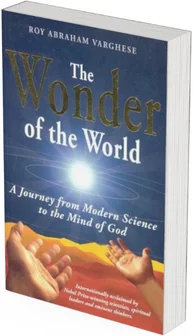
The Wonder of the World
R.A. Varghese